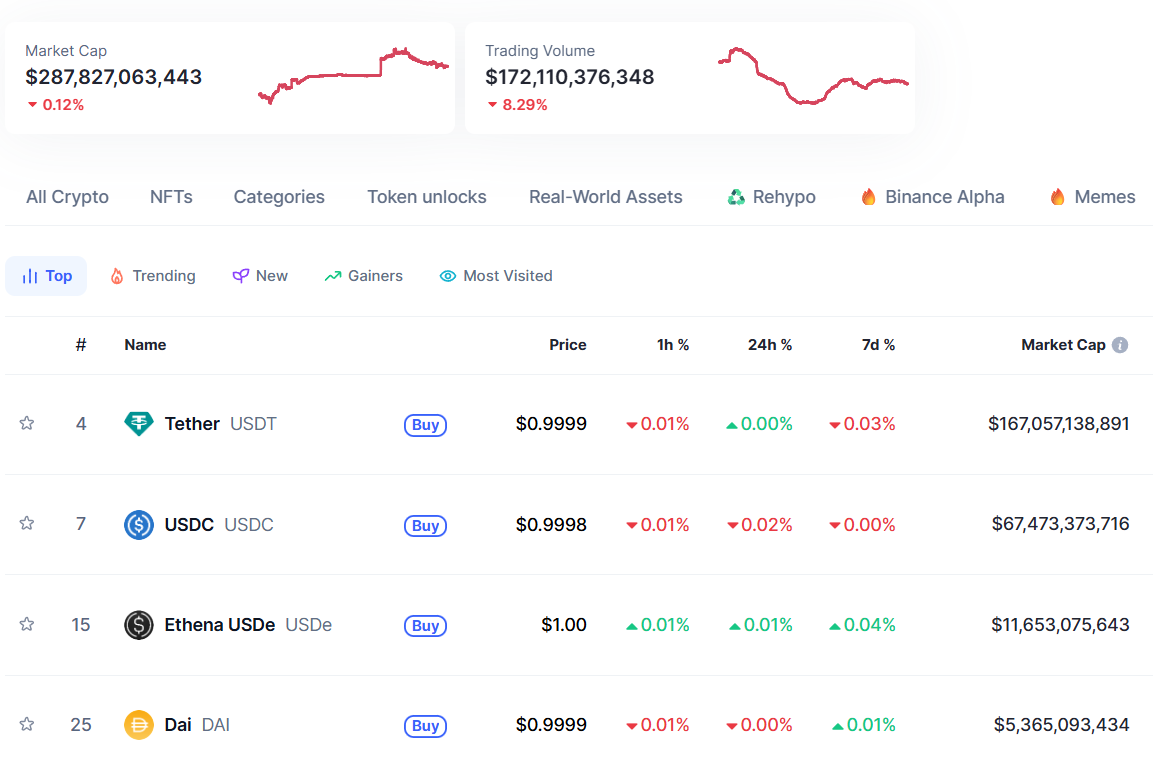According to a report by Reuters, China is considering allowing the issuance of stablecoins backed by the renminbi for the first time, marking a significant shift in China's attitude towards digital assets. This move could become an important step for Beijing in achieving the internationalization of the renminbi and elevating it to a truly global currency.
Strategic Policy Shift
According to sources, the State Council of China is expected to review and possibly approve a roadmap later this month that outlines specific steps for expanding the role of the renminbi in international markets. This roadmap will set clear adoption targets, allocate responsibilities among regulatory agencies, and include risk prevention measures. Additionally, senior Chinese leaders plan to hold a special meeting on the internationalization of the renminbi and stablecoins, with guidance expected to be released to shape the development and application of stablecoins in commerce and trade.
From Cryptocurrency Ban to Embracing Stablecoins
This potential policy stands in stark contrast to China's ban on cryptocurrency trading and mining in 2021. At that time, China imposed a comprehensive ban on cryptocurrency activities due to concerns over financial stability. However, stablecoins—a type of digital token pegged to fiat currencies—have become an important tool in global finance. Currently, according to the Bank for International Settlements, stablecoins backed by the US dollar account for over 99% of the global supply.
If China implements this policy, renminbi-backed stablecoins could directly challenge the dominance of the US dollar in the global currency market, earning the renminbi a place in the global currency landscape. However, analysts point out that China's strict capital controls remain a major obstacle to the widespread adoption of renminbi stablecoins.
Global Stablecoin Boom
Reuters reports that other Asian economies are also actively positioning themselves in the stablecoin space. South Korea has committed to allowing stablecoins backed by the won, and Japan is developing related infrastructure. Meanwhile, Hong Kong—a special administrative region under Chinese jurisdiction—officially implemented a stablecoin regulatory framework on August 1. Sources indicate that Hong Kong and Shanghai will become key hubs for promoting renminbi stablecoins, with discussions on cross-border usage expected at the Shanghai Cooperation Organization (SCO) summit in Tianjin later this month.
Geopolitical Context of Global Currency Competition
The timing of China's push for a stablecoin plan coincides with heightened geopolitical tensions with the United States. In the US, President Donald Trump has publicly supported stablecoins and advocated for a regulatory framework for dollar-pegged tokens. The US's active progress in the stablecoin space is seen as part of the reason for China's acceleration of its own stablecoin strategy, ensuring that the renminbi remains competitive in the global currency landscape in the digital age.

Although the current stablecoin market is relatively small, at about $287 billion, Standard Chartered predicts that this market could reach $2 trillion by 2028. If Beijing advances its renminbi-backed stablecoin plan, China is expected to capture a significant share of this growth while promoting the internationalization of the renminbi and joining the race in global currency competition.
Summary
China's shift from banning cryptocurrencies to considering allowing renminbi stablecoins demonstrates its strategic ambitions in global currency competition. Despite challenges such as capital controls, the launch of renminbi stablecoins could open new avenues for China in the digital finance sector while positioning it more favorably in the global currency contest against the US dollar.
免责声明:本文章仅代表作者个人观点,不代表本平台的立场和观点。本文章仅供信息分享,不构成对任何人的任何投资建议。用户与作者之间的任何争议,与本平台无关。如网页中刊载的文章或图片涉及侵权,请提供相关的权利证明和身份证明发送邮件到support@aicoin.com,本平台相关工作人员将会进行核查。




